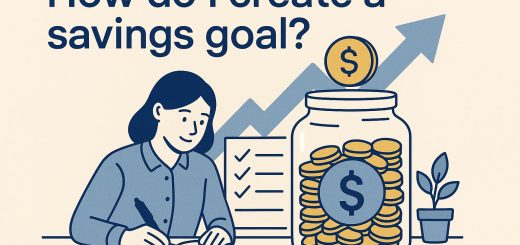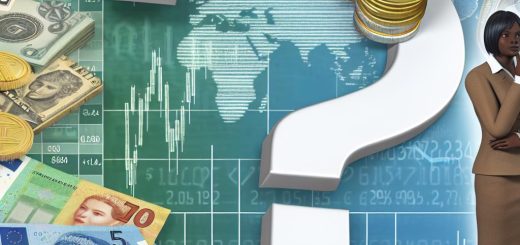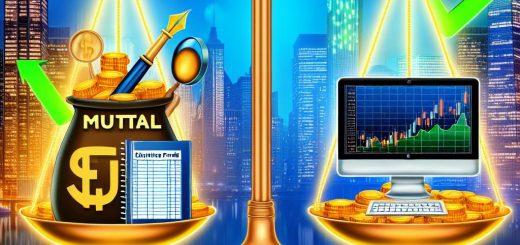Forex trading, short for foreign exchange trading, refers to the exchange of one currency for another with the intent of profiting from changes in their relative values. It is a global, decentralised market where currencies are bought and sold electronically through a network of banks, institutions, brokers, and individual traders. With an estimated daily turnover exceeding $6 trillion, the forex market is the largest and most liquid financial market in the world.
The forex market operates twenty-four hours a day, five days a week, beginning in the Asia-Pacific region and moving through Europe and North America before cycling back again. Unlike stock markets, which are tied to physical exchanges, the forex market is entirely over-the-counter. This structure allows for continuous global participation and accommodates various trading styles, from institutional macro strategies to speculative retail trading.

Currency Pairs and Pricing
All forex transactions involve currency pairs. One currency is exchanged for another, with the first currency referred to as the base and the second as the quote. A pair such as EUR/USD shows how much of the quote currency, the US dollar, is required to buy one unit of the base currency, the euro. When the pair is trading at 1.1200, it means one euro can be exchanged for 1.12 US dollars.
The value of a currency pair is influenced by interest rates, inflation, economic performance, geopolitical stability, and relative central bank policy. Market participants interpret these factors through macroeconomic indicators, policy statements, and market expectations. Movements in pricing are typically measured in pips, which represent the smallest unit of price change in most currency pairs.
Major pairs involve the US dollar and are the most actively traded, while minor pairs exclude the dollar but include other developed market currencies. Exotic pairs involve currencies from smaller or emerging economies and are generally less liquid and more volatile. Each category behaves differently depending on market sentiment, global risk appetite, and liquidity conditions.
Leverage and Margin
One of the distinguishing features of forex trading is the availability of leverage. Brokers allow traders to control large positions with a relatively small capital outlay, known as margin. A leverage ratio of 50:1 means that a trader can control $50,000 worth of currency with a $1,000 margin. While leverage increases the potential for profits, it also amplifies losses and can lead to rapid account depletion if not managed properly.
Margin is held as collateral against the open position and must meet the broker’s requirements at all times. If market movements erode the available equity below the maintenance margin level, the broker may initiate a margin call or automatically close positions. This mechanism protects the broker and limits the exposure from highly leveraged clients, though it often results in realised losses for the trader.
Different jurisdictions impose limits on allowable leverage to reduce systemic risk. For example, retail traders in the European Union and Australia face capped leverage levels, while some offshore brokers offer higher ratios, which appeal to speculative traders but carry higher risk.
Methods of Trading
Participants in the forex market use various methods to analyse and execute trades. Technical analysis focuses on price action, chart patterns, and statistical indicators such as moving averages or oscillators. The underlying assumption is that all known information is already reflected in the price and that historical patterns may repeat.
Fundamental analysis, in contrast, considers macroeconomic factors such as interest rate differentials, inflation rates, GDP growth, and monetary policy decisions. Traders following this approach look for shifts in central bank policy, economic surprises, or political developments that may affect currency values over medium to long-term horizons.
Many traders use a combination of both methods, sometimes incorporating sentiment indicators, correlation analysis, or event-based strategies. There is no single correct approach. Rather, success depends on consistency, risk control, and the ability to adapt to changing market conditions.
Types of Market Participants
The forex market includes a wide range of participants, each with different objectives and resources. Central banks intervene occasionally to stabilise or influence the value of their currencies. Commercial banks and large financial institutions provide liquidity and manage currency risk on behalf of corporate clients. Hedge funds and asset managers engage in large speculative or hedging trades based on macroeconomic outlooks.
Retail traders access the market through online brokers that aggregate liquidity and provide trading platforms. These brokers either act as intermediaries, passing trades directly to liquidity providers, or serve as counterparties in so-called market maker models. Retail trading volumes are relatively small in comparison to institutional flows, but retail activity has grown substantially due to improvements in platform technology, reduced transaction costs, and widespread internet access.
Risk and Volatility
All trading carries risk, but forex trading presents a unique combination of volatility, leverage, and twenty-four-hour access that can lead to both opportunity and rapid loss. Currency prices are influenced by a continuous flow of economic data, policy decisions, and market sentiment, and these drivers can change quickly.
Managing risk in forex involves more than just setting a stop-loss. Traders must understand position sizing, exposure limits, and the relationship between different currency pairs. Diversification is more complex than in equity markets, as currencies are always traded in pairs, and many are correlated through common economic or geographic links.
Slippage, spread widening during news events, and illiquidity during off-market hours are also operational risks that must be considered. These issues become more pronounced at higher leverage levels or when trading less liquid pairs.
Platforms and Technology
Most forex trading is executed through platforms such as MetaTrader 4, MetaTrader 5, or proprietary systems offered by brokers. These platforms provide charting tools, order execution functionality, and access to indicators and automated trading systems. Mobile applications and web-based versions allow for remote monitoring and execution, although latency and connectivity can affect trade outcomes.
Technological developments have also introduced algorithmic trading, copy trading, and API-based systems for more advanced users. While these tools increase efficiency, they also require technical understanding and pose additional risks if used without proper controls or testing.
You can find a good forex trading platform by visiting ForexBrokersOnline.com.
Regulatory Environment
Regulation in the forex industry varies widely across jurisdictions. Countries with established financial systems, such as the UK, Australia, or the EU member states, require brokers to adhere to strict capital and conduct rules. These include client fund segregation, negative balance protection, and transparency in pricing.
Other regions may lack robust oversight, leading to the proliferation of high-risk platforms that operate without adequate financial backing or customer safeguards. Traders must assess the regulatory status of brokers before depositing funds, as legal recourse in the event of a dispute depends on the governing jurisdiction.
In markets like Kenya and South Africa, local regulators such as the CMA and FSCA have begun issuing licenses to local brokers and providing basic frameworks for client protection. These efforts are ongoing and are intended to address the risks faced by growing numbers of retail traders.
This article was last updated on: May 18, 2025




